In the practice of Vastu Shastra, an ancient Indian science of architecture and spatial energy, aligning spaces with True North is considered essential for harmonizing the environment with cosmic and terrestrial energies. However, the concepts of "True North" and "Magnetic North" often cause confusion. Let's delve into these terms and their relevance in Vastu, with a focus on practical calculations for precise alignment.
Introduction:
Many of our Vastu consultation clients are located internationally, making this blog an essential resource for guiding them on how to accurately share their magnetic compass readings with us.
In the practice of Vastu Shastra, an ancient Indian science of architecture and spatial energy, aligning spaces with True North is considered essential for harmonizing the environment with cosmic and terrestrial energies. However, the concepts of "True North" and "Magnetic North" often cause confusion. Let's delve into these terms and their relevance in Vastu, with a focus on practical calculations for precise alignment.
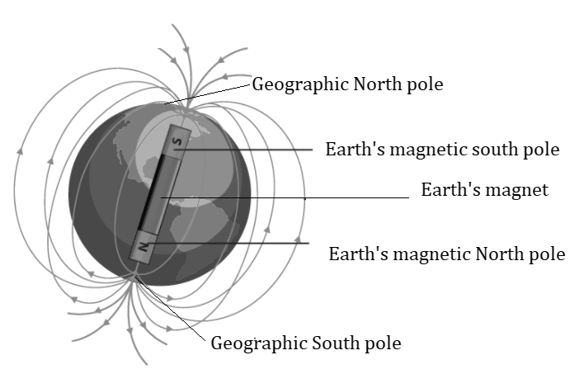
True North vs. Magnetic North: True North, also known as Geographic North, is the fixed point where the Earth's axis intersects its surface at the North Pole. It represents a constant, unchanging direction. In contrast, Magnetic North is where a compass needle points, aligning with the Earth's magnetic field. Magnetic North is not static; it shifts slightly due to changes in the Earth’s magnetic field. This shifting is known as magnetic declination, which is the angular difference between True North and Magnetic North.
Why True North is Important in Vastu: In Vastu Shastra, aligning a space with True North is believed to bring prosperity, positivity, and harmony. This alignment helps in tapping into the beneficial energies that flow from the cosmic and terrestrial sources, believed to emanate from the geographic North Pole.
Understanding Magnetic Declination in Vastu: To align a space with True North, one must first calculate the magnetic declination. This declination varies by location and can substantially affect Vastu alignment if not accounted for. Here’s how to calculate and adjust for magnetic declination:
-
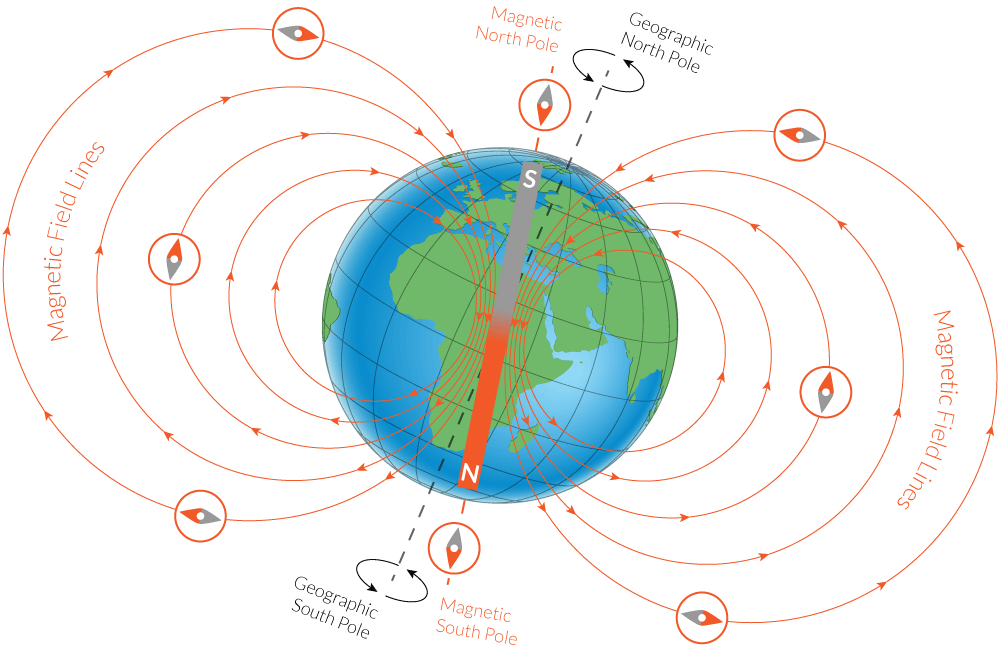
-
Determine Local Magnetic Declination:
- Visit a reliable online tool such as the NOAA’s magnetic field calculator: NGDC Magnetic Calculator. https://www.ngdc.noaa.gov/geomag/calculators/magcalc.shtml
- Enter the latitude and longitude of your location. These can be found via a simple Google search or through GPS coordinates.
- The calculator will give you the declination value, indicating whether it's east or west (e.g., 20° East).
-
Adjust Compass Reading for True North for Vaastu Calculations:
- If your compass shows say 30 Deg East and for that specific Lat lng, the above calculator shows a declination of 10° East, and you are trying to find True North, you would adjust your compass by subtracting 20° from the compass reading. This accounts for the eastward declination, realigning your compass to point to True North.
-
- Here is a clearer way to express the formula for adjusting compass readings to determine True North: 1. If both the magnetic compass reading and the declination are in the East, subtract the declination from the compass reading. 2. If both the magnetic compass reading and the declination are in the West, also subtract the declination from the compass reading. 3. If the magnetic compass shows East and the declination is West, add the two values to find True North. For example, if the compass reads 10° East and the declination is 3° West, the True North would be 13° East. 4. If the magnetic compass shows West and the declination is East, add these values as well. For instance, if the compass reads 10° West and the declination is 3° East, the True North would be 13° West.
- Practical Example in Vastu:
-
- Suppose you are in Los Angeles, where the magnetic declination is about 12° East. If you find that your house main door shows compass to 30° East, it points to Magnetic North. To align a space with True North, calculation will be 30 - 12° = 18° East. only after doing this calculation we grid the house.
-
- Some residents in India mention that they were not aware of declination when they had Vastu consultations for their apartments.
- To address this concern, it's important to note that in cities like Mumbai, the declination is approximately 0.8° West, which is quite minimal. Therefore, magnetic compass readings taken there will be more or less the same as True North, with only a slight variation.
Conclusion: Understanding the difference between True North and Magnetic North and knowing how to calculate magnetic declination are crucial for applying Vastu principles correctly. This ensures that the alignment of your space not only fosters a harmonious and positive environment but also adheres to the traditional wisdom of Vastu Shastra. By navigating these subtleties, one can truly harness the power of directional energies to enhance well-being and prosperity in their living spaces.






.jpg)





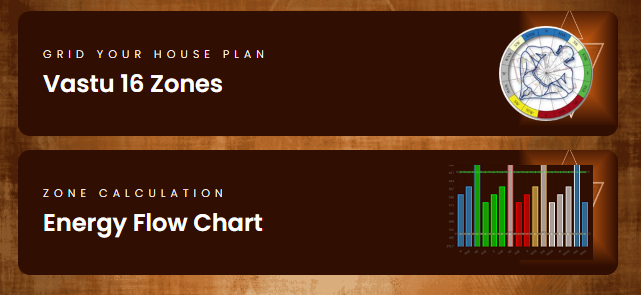
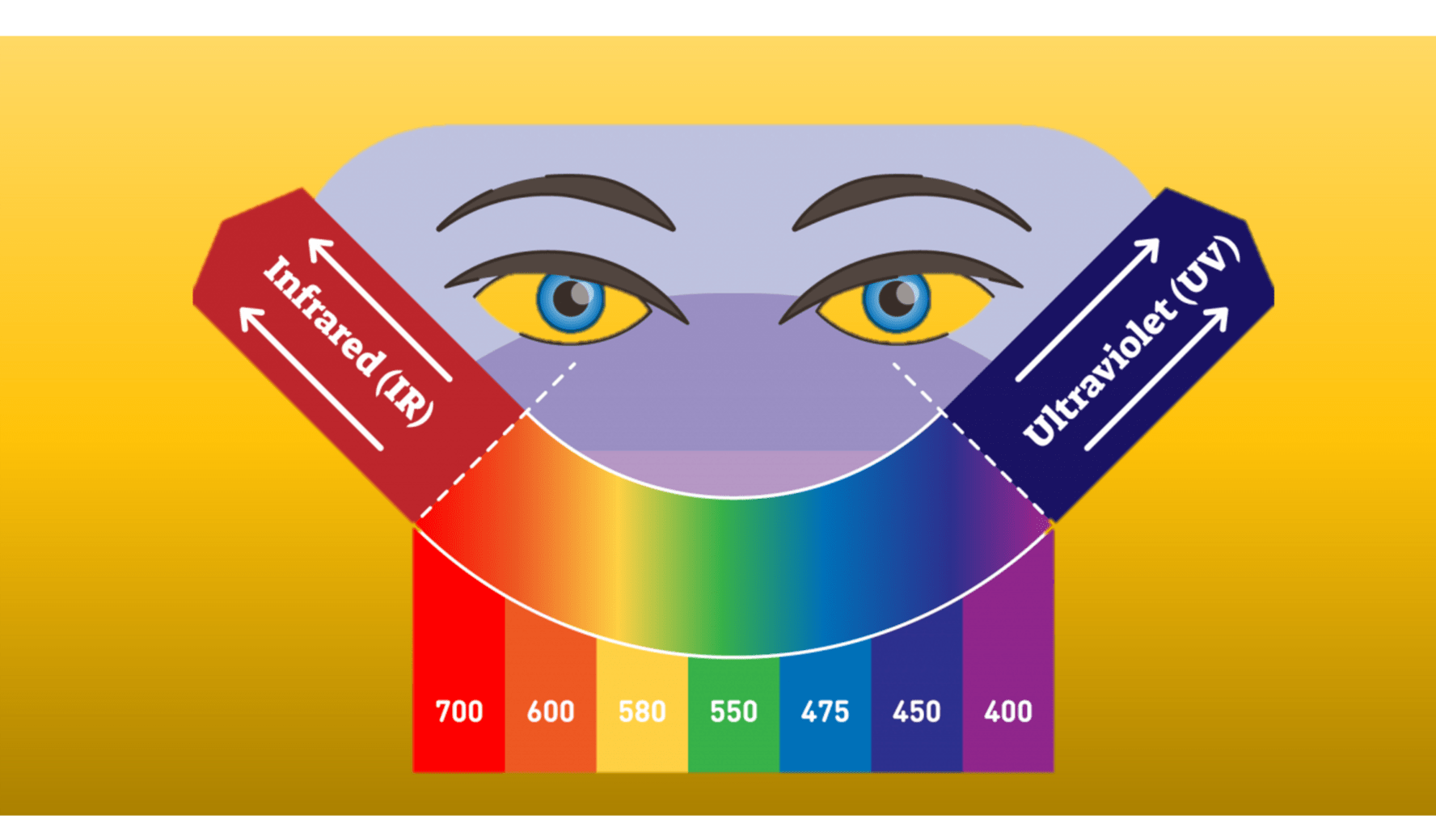


.png)
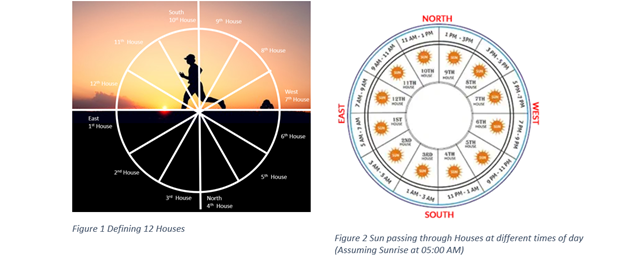






Comments 0